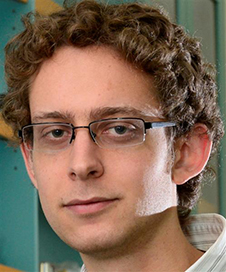
Contact Details
- Phone
- +64 3 479 7440
- michael.pankhurst@otago.ac.nz
University Links
- Position
- Senior Lecturer
- Department
- Department of Anatomy
- Qualifications
- BSc(Hons) PhD(Tas)
- Research summary
- The role of anti-Mullerian hormone in female reproduction
Research
Dr Pankhurst’s research investigates regulation of ovarian follicle development and the quality of the oocyte (egg) within. The role that Anti-Müllerian hormone (AMH) plays in this process is a key focus of the laboratory. AMH is secreted in an inactive form and the current aim is to determine how proAMH (the inactive precursor of AMH) is converted to AMHN,C in the extracellular environment.
The enzymes that convert proAMH to AMHN,C are expressed in theca cells, which reside in a different location to the cells that produce AMH (granulosa cells). AMH plays roles in regulating the rate of depletion of the ovarian reserve (egg supply) and ovulation, hence finding out how and where AMH becomes activated is essential to understanding these processes.
Other research projects investigate why the depletion of the ovarian reserve needs a regulator such as AMH. Rapid ovarian reserve depletion is thought to be a key determinant of the age of onset of age-related infertility in females. The research utilises human, animal and ovary culture experiments to improve our understanding of reproductive biology and female infertility.
Potential PhD projects:
- Determination of the location of AMH-activating enzyme activity in the ovary using live-imaging of mouse ovaries and sampling of AMH in human ovaries.
- Investigation of the molecular pathways by which AMH inhibits primordial follicle activation. The project will next generation sequencing to investigate molecular pathways that are induced when primordial follicles are exposed to AMH.
- Investigation of the relationship between primordial follicle counts (the ovarian reserve) and fertility in females.
This research is currently funded by the Health Research Council of New Zealand.
